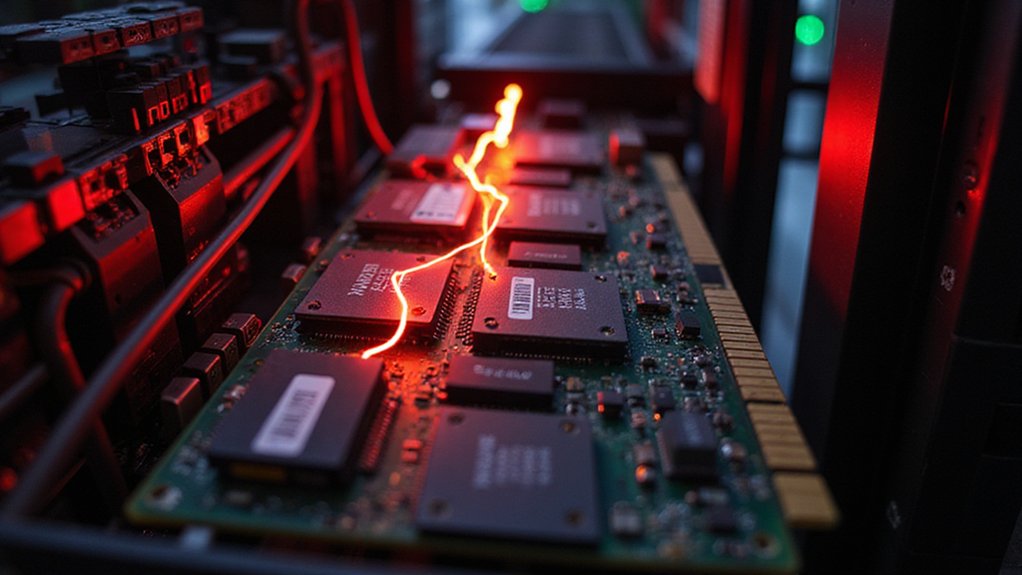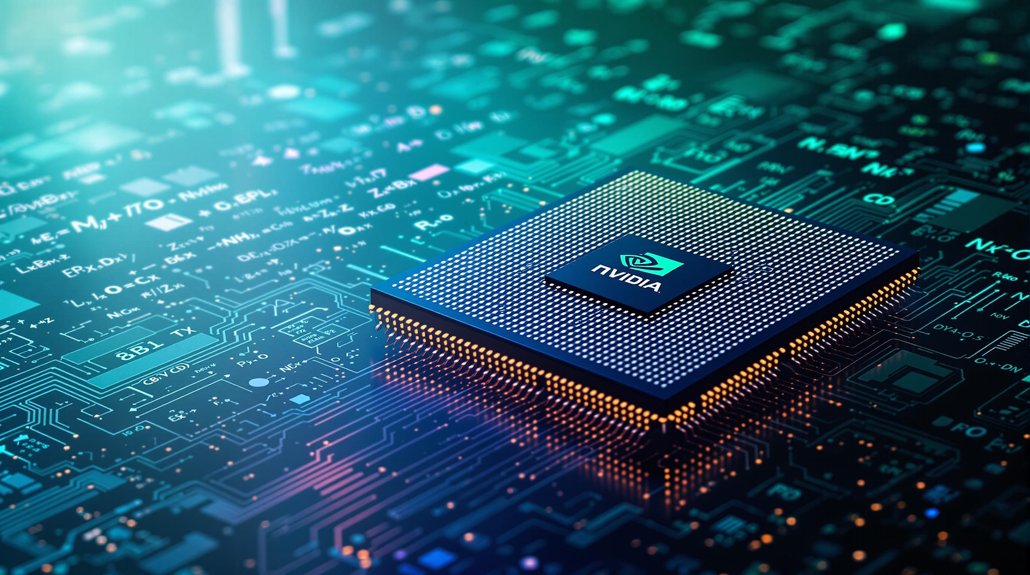Technical hurdles have pushed back the release of Nvidia and MediaTek‘s new AI processors to early 2026. According to reports from SemiAccurate, unresolved technical issues are causing delays in completing the N1X and N1 chips. These development challenges will postpone the commercial introduction of systems using these processors.
Development hurdles delay Nvidia and MediaTek’s AI chips until 2026, impacting commercial system launches.
Despite the delays, Nvidia and MediaTek plan to disclose their collaborative Arm-based AI PC processors at Computex 2025. Nvidia CEO Jensen Huang will present at a keynote on May 19 at 11am local time, while MediaTek CEO Rick Tsai will speak exactly 24 hours later. The companies are expected to disclose the N1X and N1 chips during these events, though actual product launches won’t happen until CES 2026 in January.
The processors feature Arm-based CPU cores designed by MediaTek with GPU cores from Nvidia. They’re expected to include Cortex-X high-performance cores alongside up to 10 Cortex-A725 cores. The new chips leverage Blackwell GPU tech to deliver impressive graphics performance in an efficient package. Less powerful configurations will also be available for market segments currently underserved by competitors.
MediaTek has secured significant packaging capacity for the new processors using FCBGA (Flip Chip Ball Grid Array) technology. This allows the combination of CPU and GPU components. The unusually large order for packaging capacity, placed around late 2024, suggests these chips are intended for PC applications rather than mobile devices.
The N1X and N1 chips aim to deliver efficient AI performance in Windows on Arm devices, marking Nvidia’s deeper entry into this ecosystem. They’ll compete against Qualcomm’s Snapdragon AI processors and target segments not fully served by Qualcomm’s Snapdragon X processors and AMD’s Ryzen APUs. The upcoming processors will offer 8 to 12 Arm CPU cores depending on the specific model configuration. When released, these processors will likely support NIM microservices for rapidly deploying optimized AI models directly on devices.
While the processors will be disclosed in 2025, actual laptops and desktops containing these chips won’t reach consumers until 2026. The collaboration between Nvidia and MediaTek could potentially result in more affordable AI laptops for consumers once the technical issues are resolved.
References
- https://www.laptopmag.com/laptops/computex-showdown-nvidia-and-mediatek-tipped-to-steal-windows-on-arm-spotlight
- https://www.tweaktown.com/news/105047/nvidia-mediateks-next-gen-n1x-ai-pc-processor-rumored-for-computex-2025-reveal-2026-release/index.html
- https://www.digitaltrends.com/computing/nvidia-and-mediateks-arm-chip-could-mean-cheaper-ai-laptops/
- https://contracostaherald.com/nvidia-and-mediatek-may-unveil-jointly-developed-n1-arm-chips-for-windows-pcs-at-computex/
- https://www.tomshardware.com/pc-components/cpus/nvidia-and-mediatek-may-unveil-jointly-developed-n1-arm-chips-for-windows-pcs-at-computex









